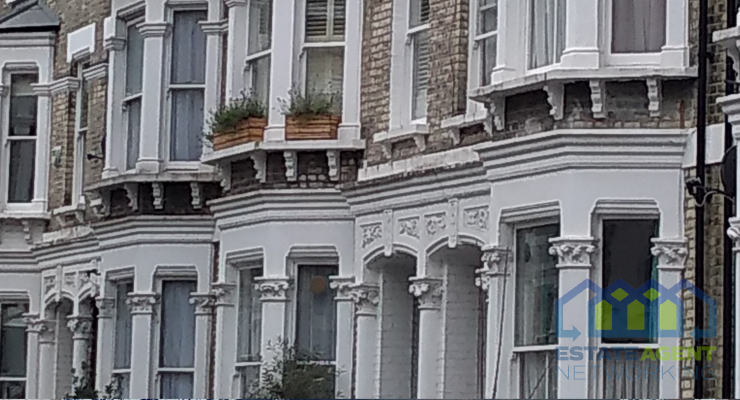Encapsulate Your Crawl Space to Protect Your Home
In the past couple of decades, home construction has advanced immensely. When you compare the houses of today to those built before, you can notice that the number of quality-of-life solutions has increased by quite a lot. For instance — today, new homes almost always have excellent insulation.
But as important as insulation is for conserving power and having proper temperature regulation — it isn’t perfect, nor always enough; especially when it comes to protection from unwanted moisture. If you want to achieve that in your home, the best thing to do is to encapsulate your crawl space. We will give you the basics of this process below, as well as some of the more important things to keep in mind.
Encapsulation 101 — Best During Construction
If you decide to use a vapor barrier to encapsulate your crawl space, you will enjoy a home environment that is not only drier and more secure but is also far more efficient in terms of energy consumption. Unfortunately, many homeowners don’t understand the importance of this process.
Due to such oversights, a lot of people decide to insulate and encapsulate their crawl spaces after they’ve bought a new house. Usually, they only do it after they begin spotting issues. This process is most effective when done during the construction of the home, though the adage “better late than never” is valid here as well. Plus, hiring a contractor who is prepared to seal your crawl space as part of the overall construction project will be far cheaper than doing it afterward separately.
Using a professional-grade vapor barrier during the building of your new home will give your contractor of choice the opportunity to effectively get rid of most moisture that could otherwise find its way into other parts of your home. Plus, the temperature levels and energy expenditure of your home will be more precisely regulated. These days, that’s more important than ever — most of us use all kinds of electric equipment both in our homes and our yards; so the electric bills for the average household have basically skyrocketed.
Difference Between Wraps
As we’ve mentioned in the beginning, the science of home construction has become far more precise. One of the places where you can notice this is the “envelopment” or encapsulation of parts of your home. Today, professional contractors can easily pinpoint the exact locations in your household where certain products should be used to guarantee maximum home protection. While all of this may seem like a large investment (especially when you are already spending a small fortune to build your home), remember that doing stuff like crawl space encapsulation will give you valuable protection from outside elements. If you do everything “by the book”, you simply won’t have to worry about nuisances like moisture, temperature changes, and wind damage.
That being said, you need to be certain that you know what you need when it comes to weather barriers and vapor barriers for your crawlspace.
Upper Weather Barriers
These types of barriers are usually intended to be applied to floors and walls, in order to better control and contain airflow within your walls. Additionally, the purpose of this is to stop liquid water from passing where you don’t want it; while also allowing vapor to get out so that condensation doesn’t result in moisture. The right weather barrier will create a membrane of sorts, one that’s critical for moisture prevention in particular.
Crawl Space Barriers
On the other hand, you’ve got crawl space barriers that are designed with a different goal. These vapor barriers are not there to direct the migration of water vapor and moisture, but to eliminate it entirely. If you want to maintain the dryness of your interior slabs and crawl places, this sort of encapsulation is an absolute must-have.
Insulation Before Encapsulation
So far, we’ve talked about the importance of crawl space encapsulation for a higher quality of life in your home. Apart from that, though, it’s also equally important to ensure you have done the proper insulation beforehand. And not just by putting in some crawl space ventilation, but in the entirety of your home. You need to realize that these two steps go hand in hand in the mission to make your home more secure and comfortable.
For instance, proper overall insulation from the start will allow your household to be more energy-efficient in the long term. And if you are building a new home and want to encapsulate the crawl space, there are some insulation adjustments you need to make in order to make sure everything goes according to plan. If you’re going to ventilate your crawl space, the insulation will have to be placed in the joists of your floor to allow for encapsulation as well. On the other hand, an unvented crawl space will probably require insulation in perimeter walls.
In general, open-cell insulation that tends to be placed in the joists is not good at resisting mold and moisture. There are different types of insulation, so you need to keep a lot of factors in mind when choosing where you’ll put what. Also, you should remember that, regardless of where you live, there are local regulations on construction that you need to remain in compliance with.
Putting in a proper vapor barrier together with good insulation will make your household the most efficient system it could be. And if you don’t perform this during construction – no reason worry. There is still ample time to complete the process afterward, though it will probably be costlier. Still, whenever you decide to perform the encapsulation, it will prove useful in terms of energy and maintenance savings later on.
And that’s a wrap! We hope you’ve picked a few things up from this article and that you now feel more confident about how to protect your home by encapsulating the crawl space. Make sure you’re staying safe in these times. Have a good one, folks.









